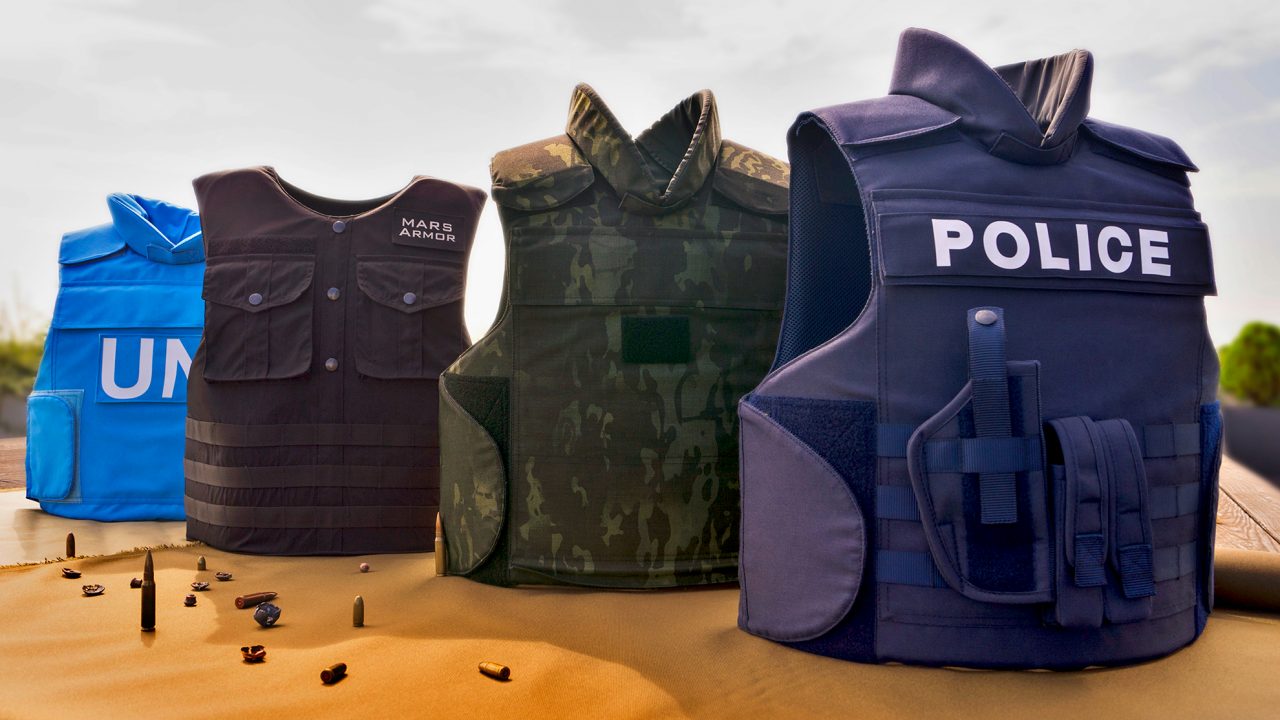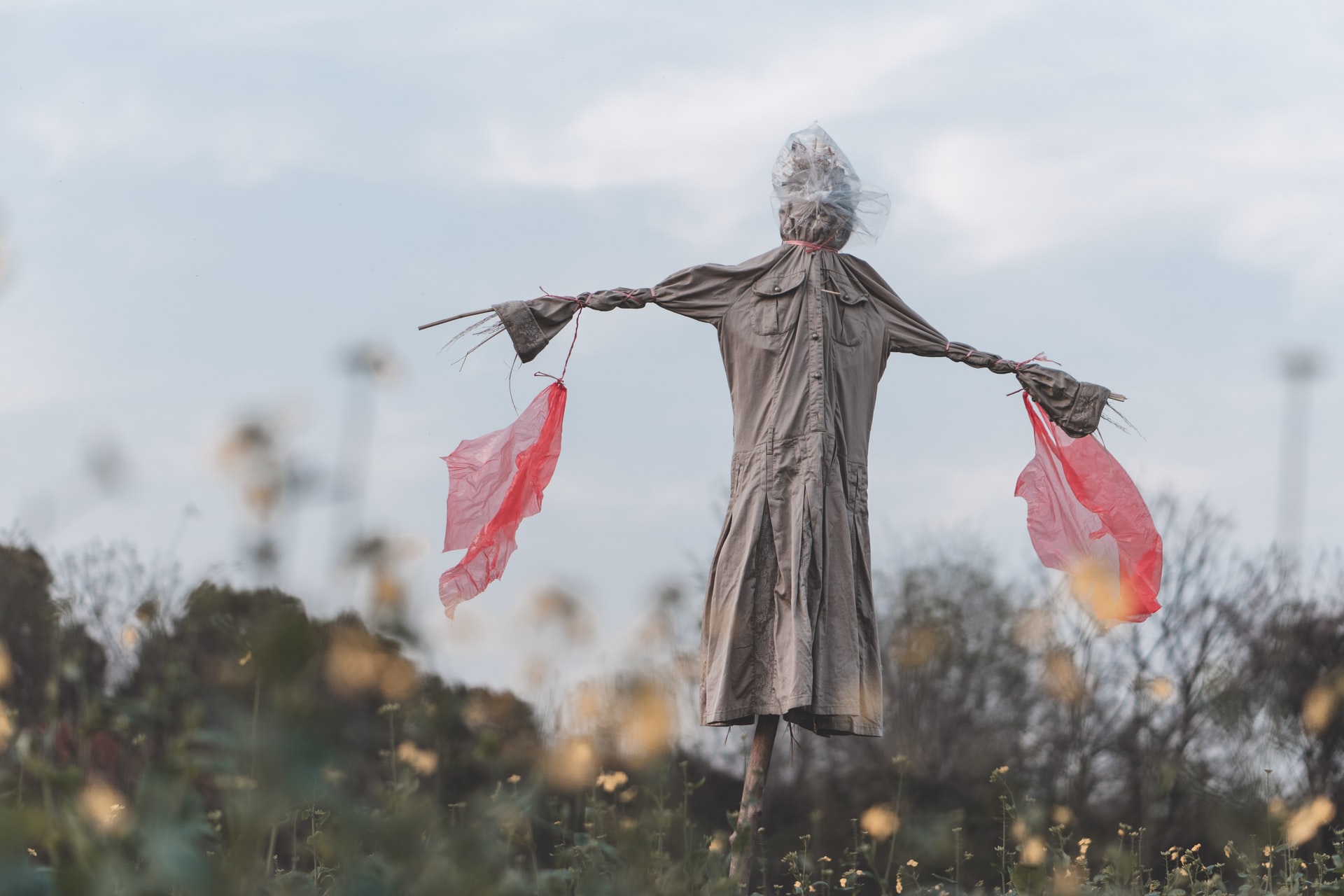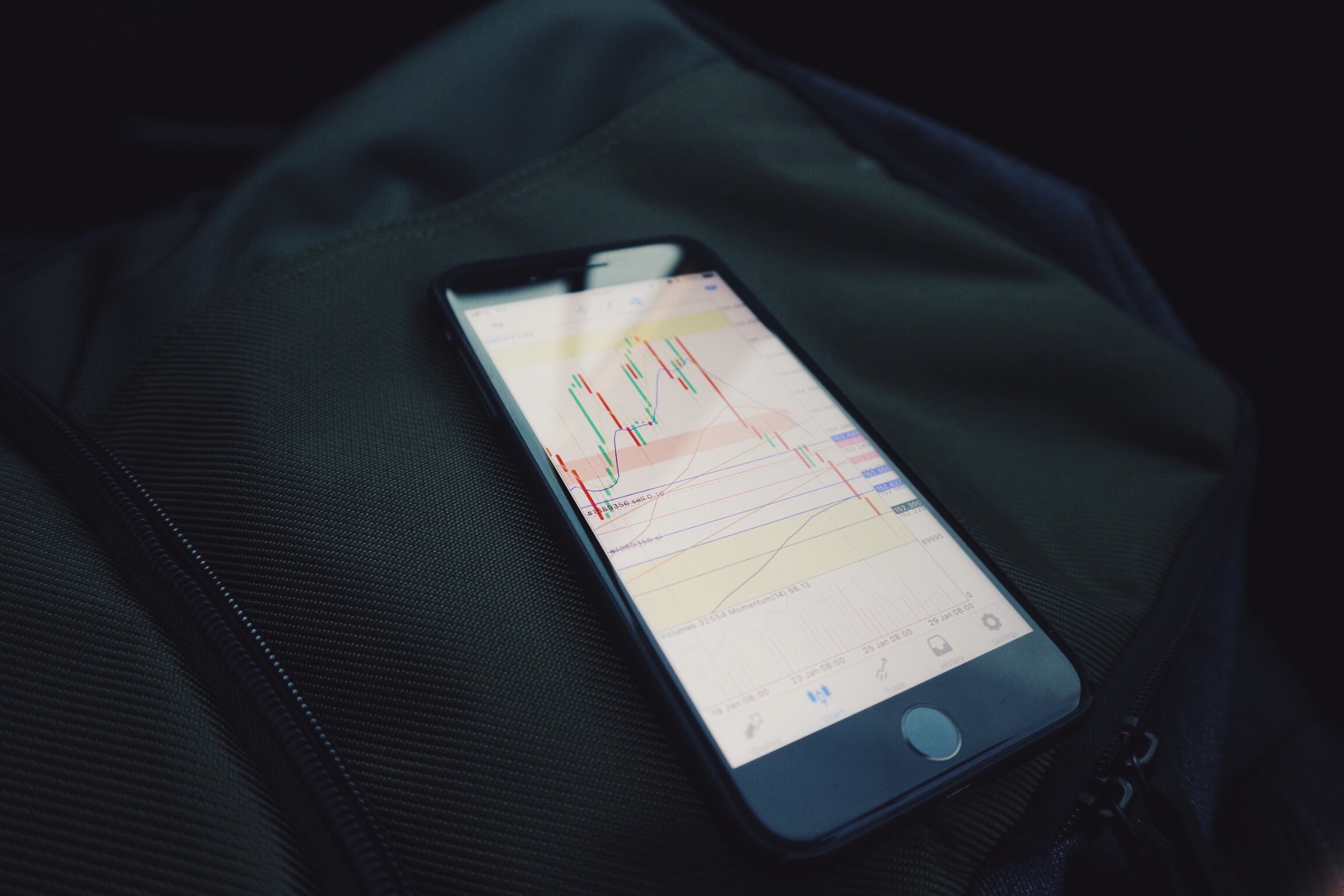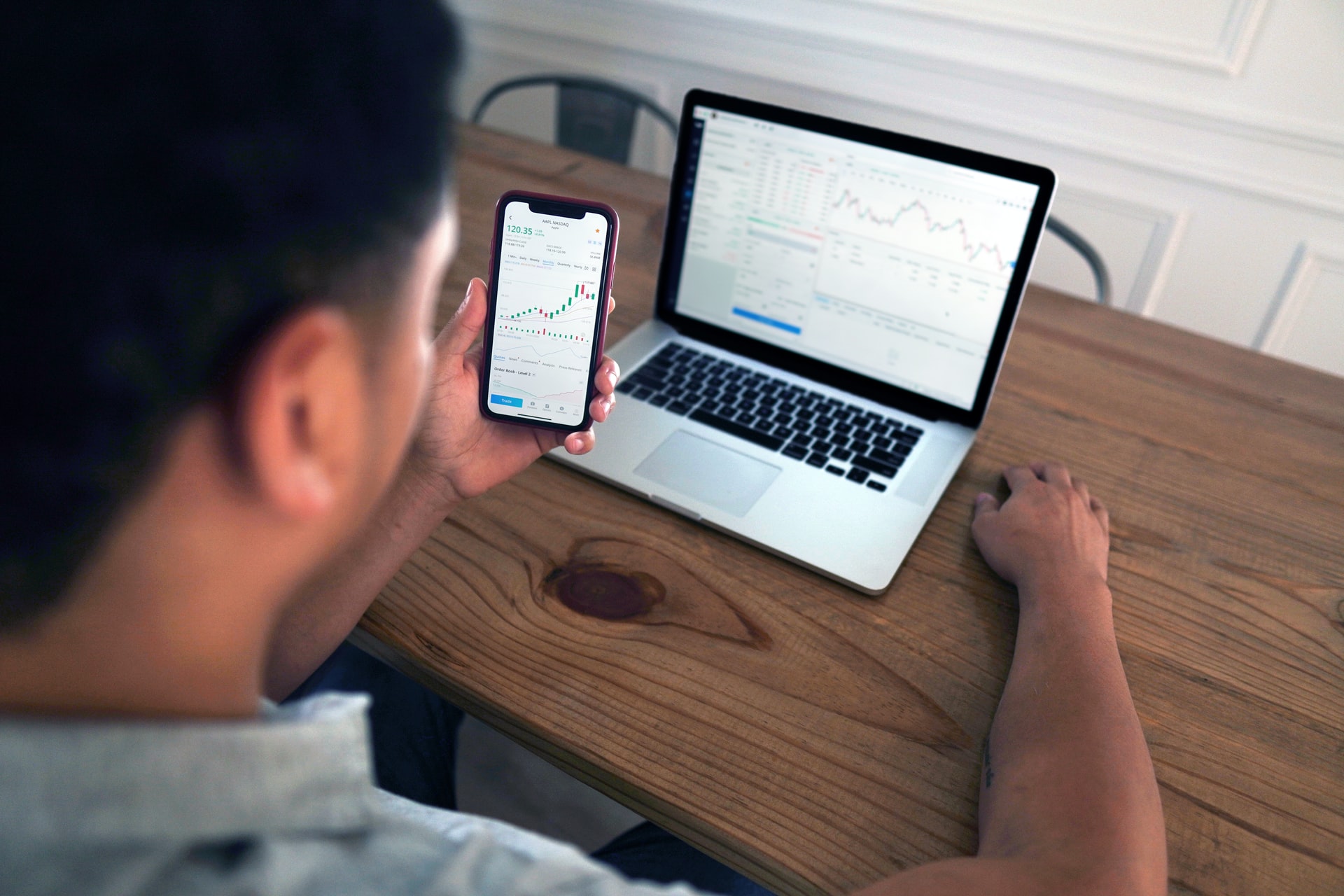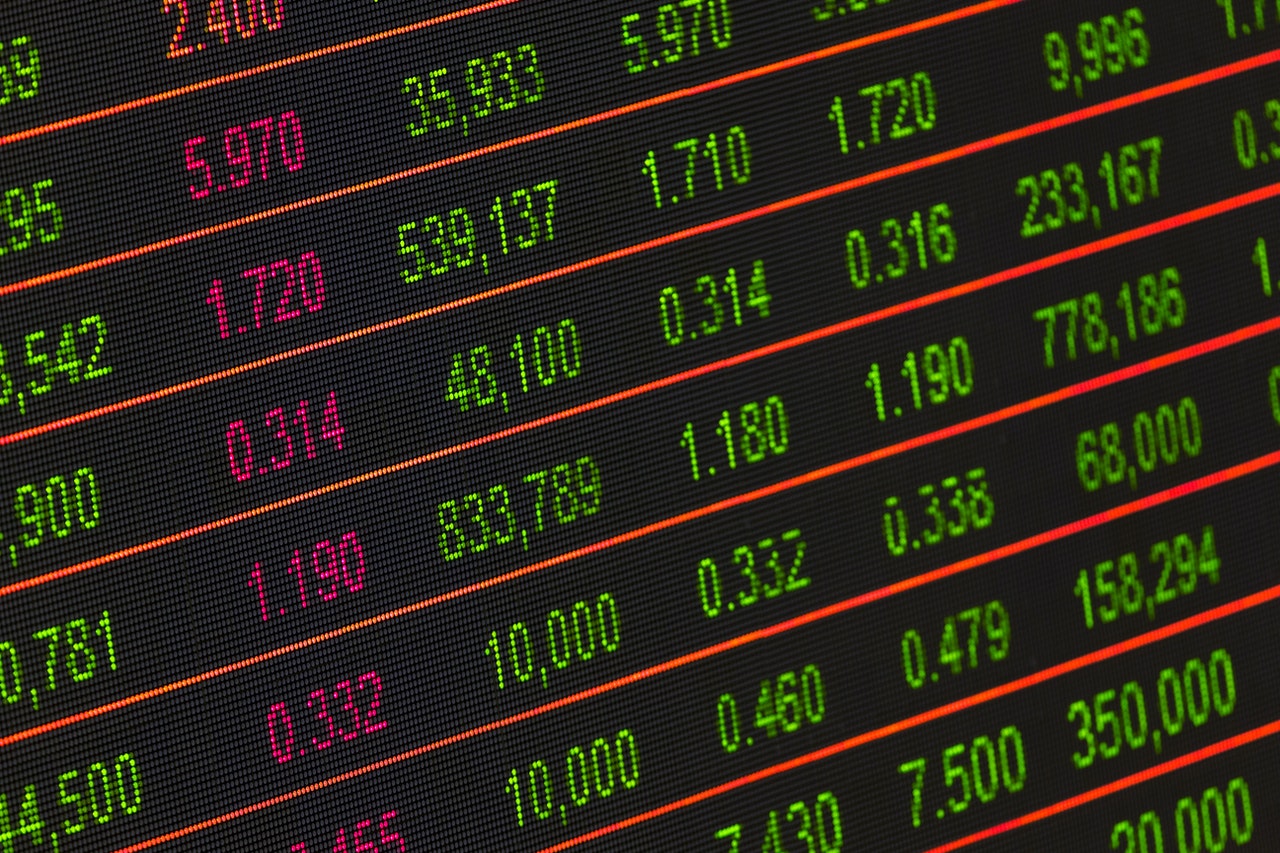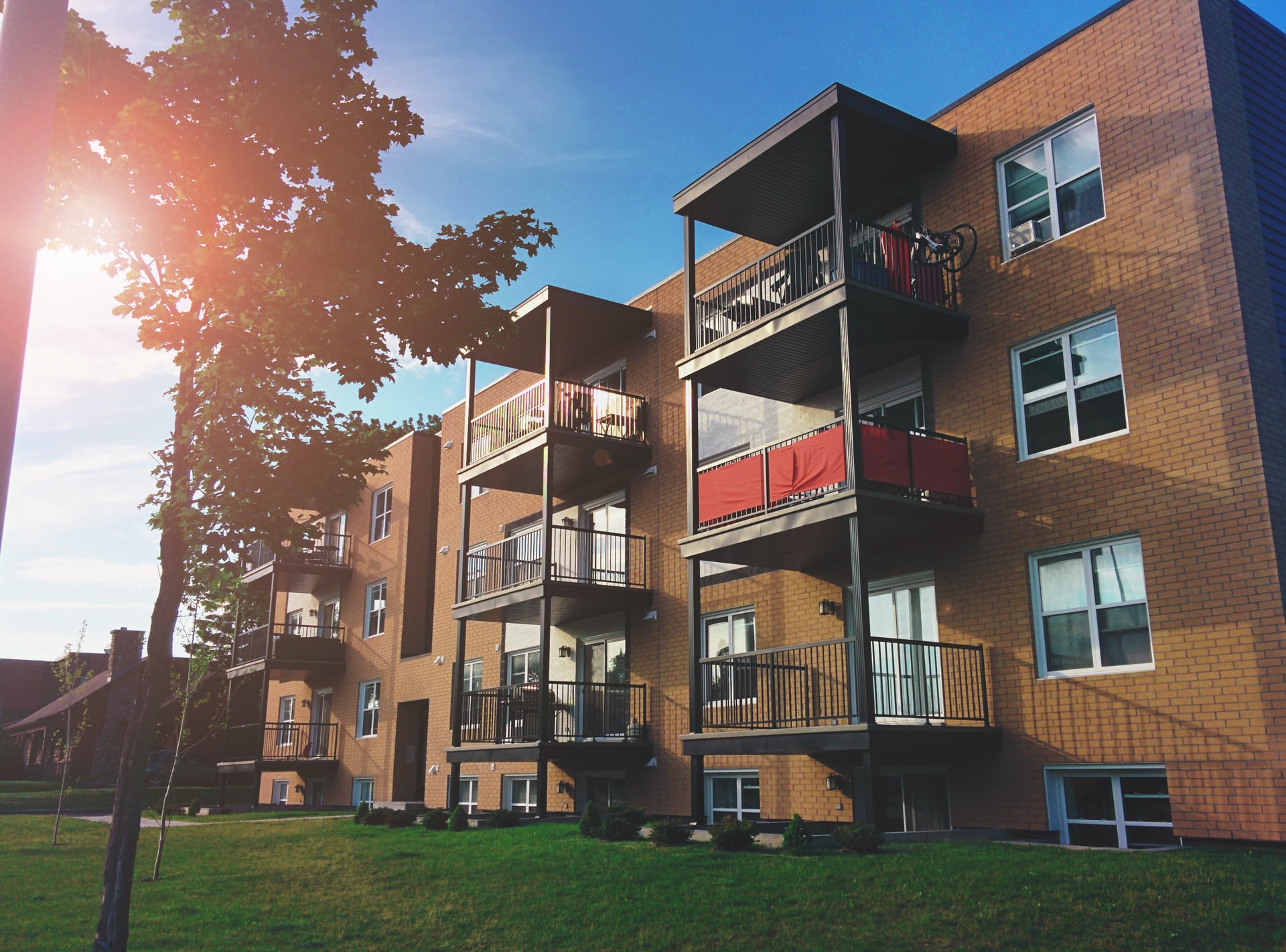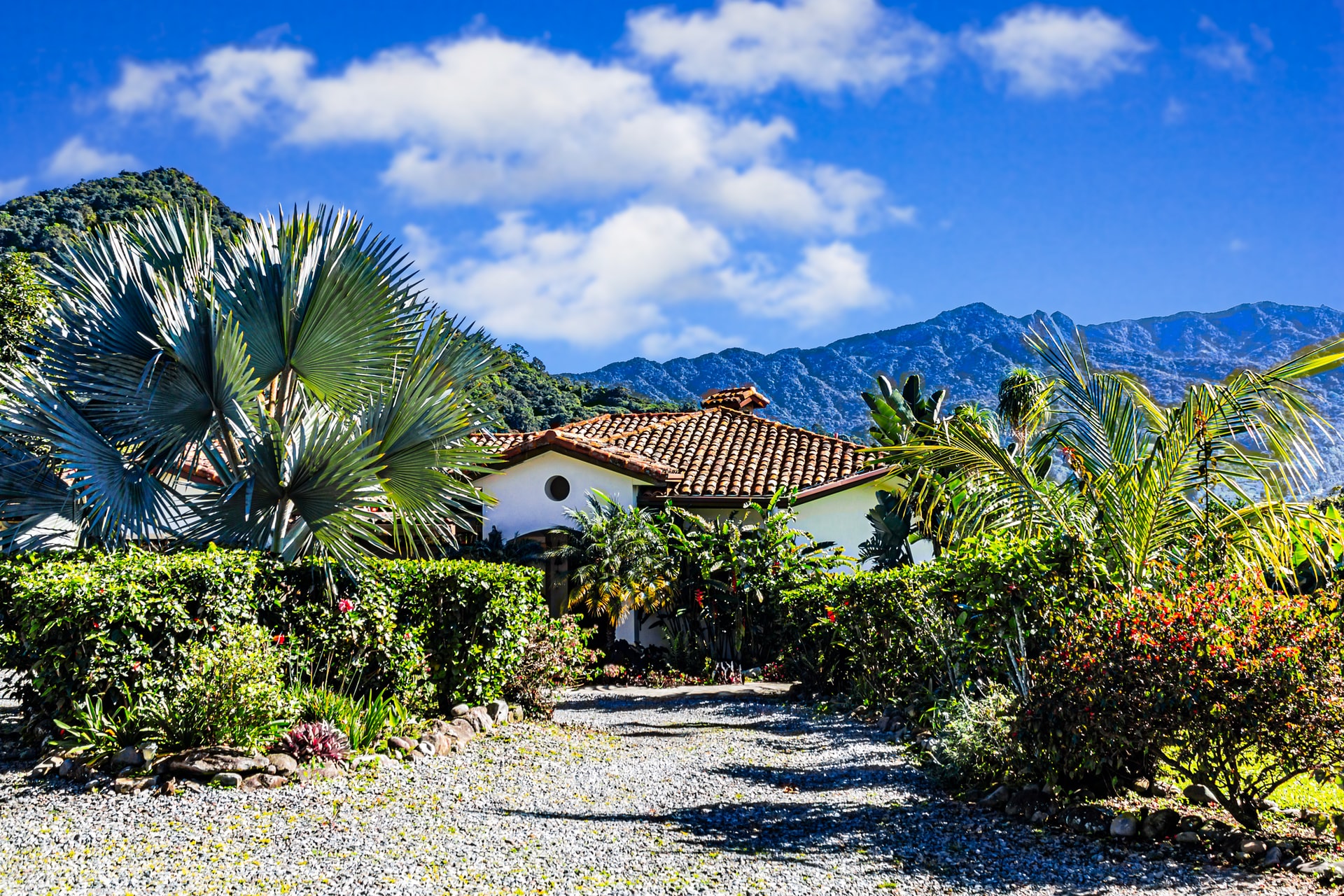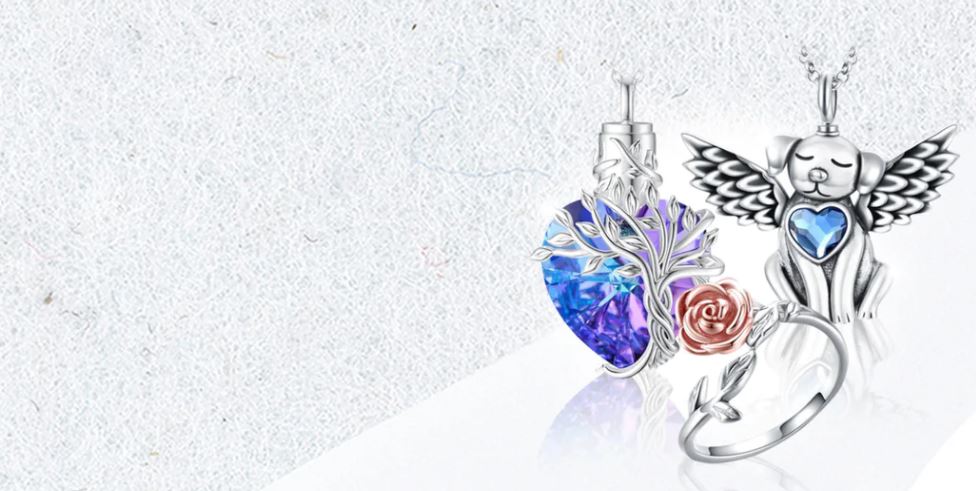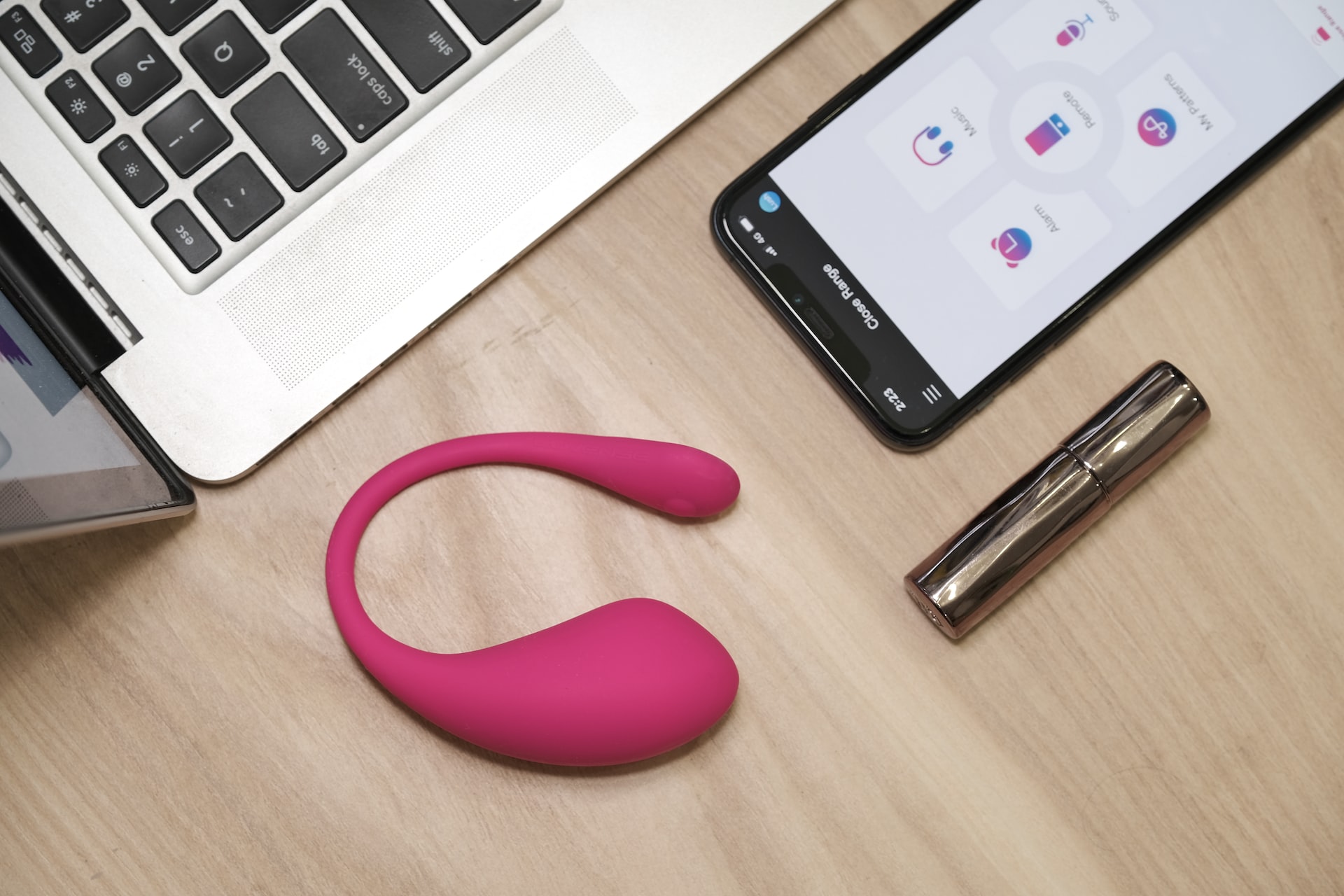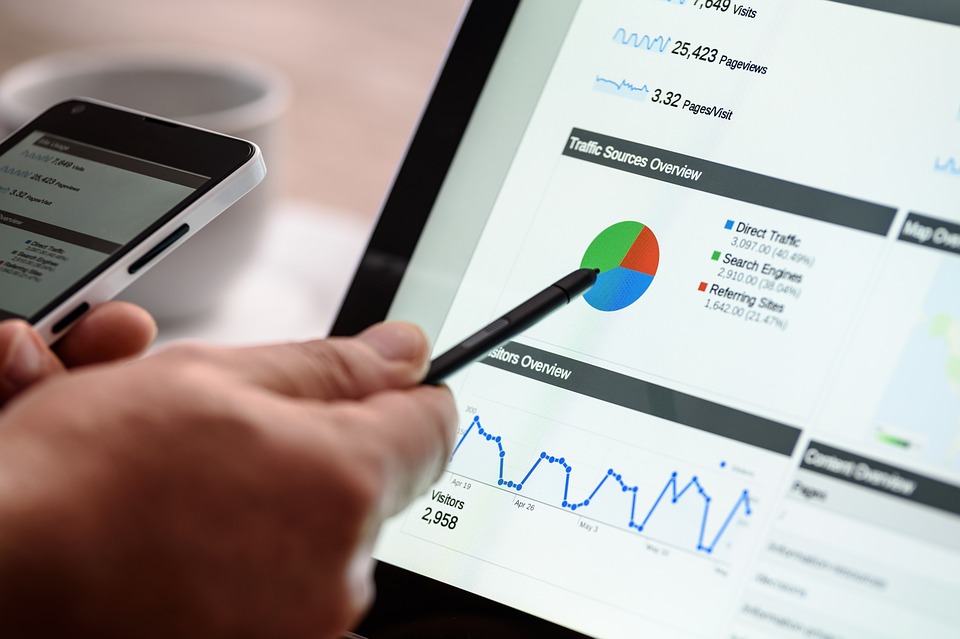One of the greatest challenges in the marketing field is the need to keep re-inventing and developing cost-effective strategies to keep messages longer in the minds of customers. Businesses can use banners as an alternative medium of advertising.
Banners are efficient in an outdoor event like a roadshow, exhibitions, field visits, or a construction project because of the ease of use and set up. To gain a large audience or improve the effectiveness of your message, the design, colors, and materials on the banner must be made professionally.
Below are some of the considerations to make when using banners as advertising materials.
- Color Choices
The color of the banner is responsible for developing a visually appealing advertisement. A good choice of color should evoke some emotions, rhyme with the mood, and evoke some excitement especially during festive periods. Mardi Gras is a great examples of the usage of colour in branding and materials such as flags says LGBTQ flag store owner Abby Watts. This can both help to reinforce the message your event or brand is trying to convey. This can also be a double edged sword as you have to ensure you use it respectfully to avoid misunderstanding or unintended misrepresentation of your brand.
These are some of the color tips you can incorporate:
- Brand Color: Banners are a golden opportunity that any marketer should take. Incorporate brand colors with other general colors to improve the impact of the message. The use of brand color will go a big mile in improving brand awareness.
- Color Contrast: The color combination improves readability and the visibility of the marketing messages. Avoid extremely bright colors because they can obscure readers’ sight. To improve banner visibility, mix bright and dull colors.
- Specifics for Target Audience: You can use orange for call to action messages as it’s inviting, energetic, and friendly nature. For advertisements targeting women and baby products, pink can yield better attention and results.
An appropriate choice of color incorporated with creative designs like teardrop banners plays a huge role in good reception by the audience and the accompanying marketing.
- Banner Size
The size of the banner matters because you have to consider where it will be installed and its distance from the audience. A sizeable banner can serve as a marketing tool and a barricade or a perimeter wall in the construction site at the same time.
You can liaise with reputable companies like Promocolour who have the experience to create sizeable banners by incorporating readable text, images, slogans, and other marketing symbols.
- Graphics
The purpose of graphics in a banner is to draw people’s attention to the message. While designing the banners, you can incorporate images, geometrical shapes, company logos, or other universal symbols to complement the text message.
When calling your audience to action, or providing direction and safety signs, you can include such images or graphics to improve the retention of the message. A banner that comprises both words and images have a better impact on the audience.
- Material
The choice of material is reflected in its durability for banners to effectively send marketing messages. Outdoor banners are placed in areas which may experience extreme weather conditions like storms, high temperatures, strong winds, and dusty environment. The material you select should have the ability to withstand such conditions to effectively send a marketing message.
Some of the materials available are:
- Vinyl: Vinyl is widely used because it’s fade-resistant, comes in different colors, waterproof, and long-lasting. The only drawback is that when stored for long periods, it can wrinkle or develop folds, affecting the readability of the message thereof.
- Mesh Vinyl: Just like ordinary vinyl, it has fade-resistant and waterproof qualities. However, it has tiny holes that allow air to pass. Mesh vinyl tends to be more long-lasting because they don’t fold or flap easily.
- Polyester Fabric: This material produces high-quality colors through the dye-sublimation process. Polyester banners are mostly preferred for indoor advertising because the fabric material cannot withstand the harsh outdoor conditions.
- Canvas: Canvas is made of premium cotton material. It’s been widely used for other areas like workwear, boat covers, or tents as a durable option. Canvas offers a more authentic look to colors due to their semi-gloss traits, and the ability to effectively display high-resolution images.
- Texts
The ultimate objective of a banner in advertising is to send a marketing message. The designers should use text size that is visible and readable. The formatting style should also be legible such as bold New Times Roman. You can apply italics in areas like the slogan to improve variety.
You should also keep the message simple, short, and clear. The inclusion of a call to action makes the message more impactful.
Conclusion
Banners offer entrepreneurs an additional platform to promote their business cost-effectively. The effectiveness of a banner is determined by the color, design, materials, and the wise use of the text to send a message. Banners should also incorporate additional marketing techniques by incorporating brand colors, slogans, and style of marketing.



